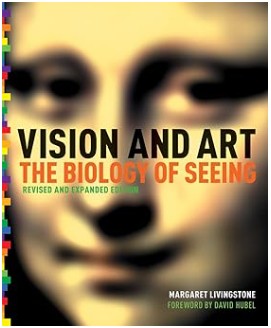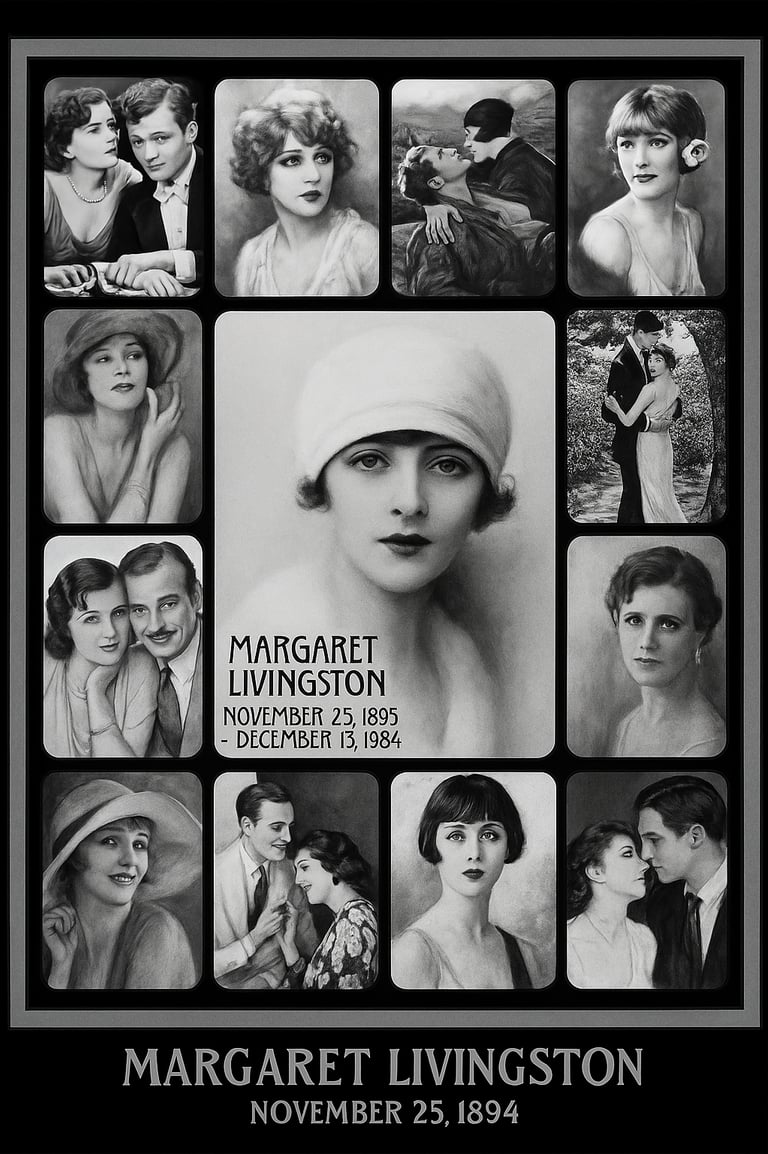Vision and Art
The Dawn of a New Vision: AI, Art, and the Brain What happens when art is no longer created by a human hand?
BOOK ON MY TABLE
Charlotte Madeleine CASTELLI
8/7/20253 min read


From Biological Intuition to the Digital Revolution: The New Paradigm of Artistic Vision in the Age of Artificial Intelligence
Margaret Livingstone, through her seminal work Vision and Art, has made a revolutionary contribution to understanding how classical artists skillfully leveraged the biology of the human visual system. Her study distinguishes two fundamental pathways: the parvocellular system, specialized in processing color and fine detail, and the magnocellular system, which analyzes movement and contrast on a broader scale. This dual structure of visual perception has allowed artists for centuries to consciously manipulate our aesthetic experience.
Today, however, we face an evolutionary leap that shifts the center of artistic creation from an exclusively human realm to that of the intelligent machine. The crucial question becomes: how does the human brain relate to a work of art conceived not by a human hand but generated by a complex algorithm? What neuroesthetic mechanisms come into play when artistic vision becomes digital and automated?
Modern forms of AI art, particularly those created using advanced technologies such as Generative Adversarial Networks (GANs) and Diffusion Models, embody a principle surprisingly aligned with Livingstone’s visual models, yet operate through a completely different mechanism. These algorithms do not perceive the world as the human eye does; instead, they function by massively analyzing visual data—billions of images—from which they extract complex statistical relationships between shapes, colors, textures, and compositions.
The outcome of this process is the generation of images that simulate reality with great accuracy or recreate specific artistic styles, but with a precision and manipulation of visual parameters that challenge and push the decoding abilities of our visual system to its limits. In other words, AI becomes a master at weaving perfect illusions for our brain.
When an AI-generated image reproduces a face, a landscape, or an artwork with an almost hypnotic level of photorealism, it is the parvocellular system that is captivated, as it recognizes details, colors, and contours with an almost deceptive fidelity. Our brain perceives that image as "real," even though rationally we know it is an artificial product. However, what often escapes this precision is the “signature” of the human hand: that dynamic imperfection, the vibrant brushstroke, the emotional intention that defines works by artists like Monet or Cézanne and transmits an irreplaceable experiential charge.


Perceptual Tension Between Reality and Artifice: The Role of the Magnocellular System
This discrepancy between technical perfection and the absence of “soul” creates a tension within our visual and cognitive apparatus. While the parvocellular system is captivated by impeccable details, the magnocellular system—which analyzes movement, temporal depth, and dynamic coherence—can perceive a certain coldness or inconsistency in the image, subtle and often unconscious.
It is here that the sensation of the visual uncanny valley manifests: the image is almost perfect, yet an invisible element—a kind of “emotional void” or “absence of life”—emerges faintly. The brain seems to search for a “soul,” a trace of human intentionality behind the work, and failing to find it, generates a feeling of discomfort or aesthetic disorientation.
Reflections on the New Aesthetic Contract: From Human Intention to Programmed Algorithm
AI-generated art compels us to reconsider the very foundations of aesthetic perception. Traditionally, the artistic experience arose from a direct and intimate contact between the expressive intention of the artist and the emotional and visual decoding by the viewer: an intersubjective relationship charged with meaning and lived experience.
With the advent of AI, this relationship changes profoundly: intention is no longer the product of a human gesture but is encoded, programmed, and “simulated” by algorithms that learn from data rather than lived experience. The artwork thus becomes the product of an interface between machine and viewer, introducing a new mode of communication that challenges our ability to attribute meaning, emotion, and authenticity to the image.
This transformation opens new and stimulating scenarios both theoretically and practically, inviting us to rethink what it truly means to “see” and “feel” art in an era where creativity is no longer exclusively human but increasingly co-created or even generated by artificial intelligences.Scrivi il tuo testo qui...
© Charlotte Madeleine Castelli | All rights reserved
